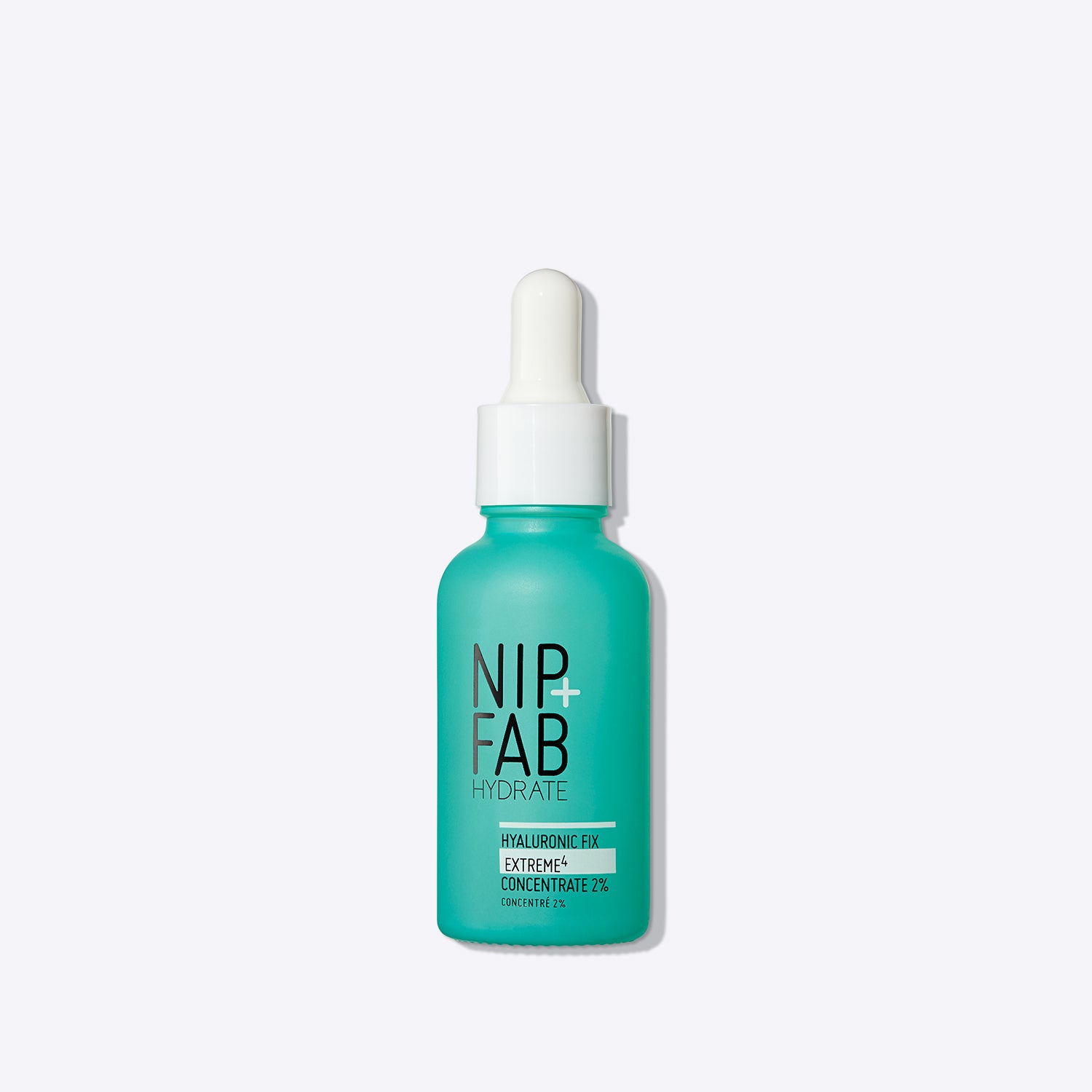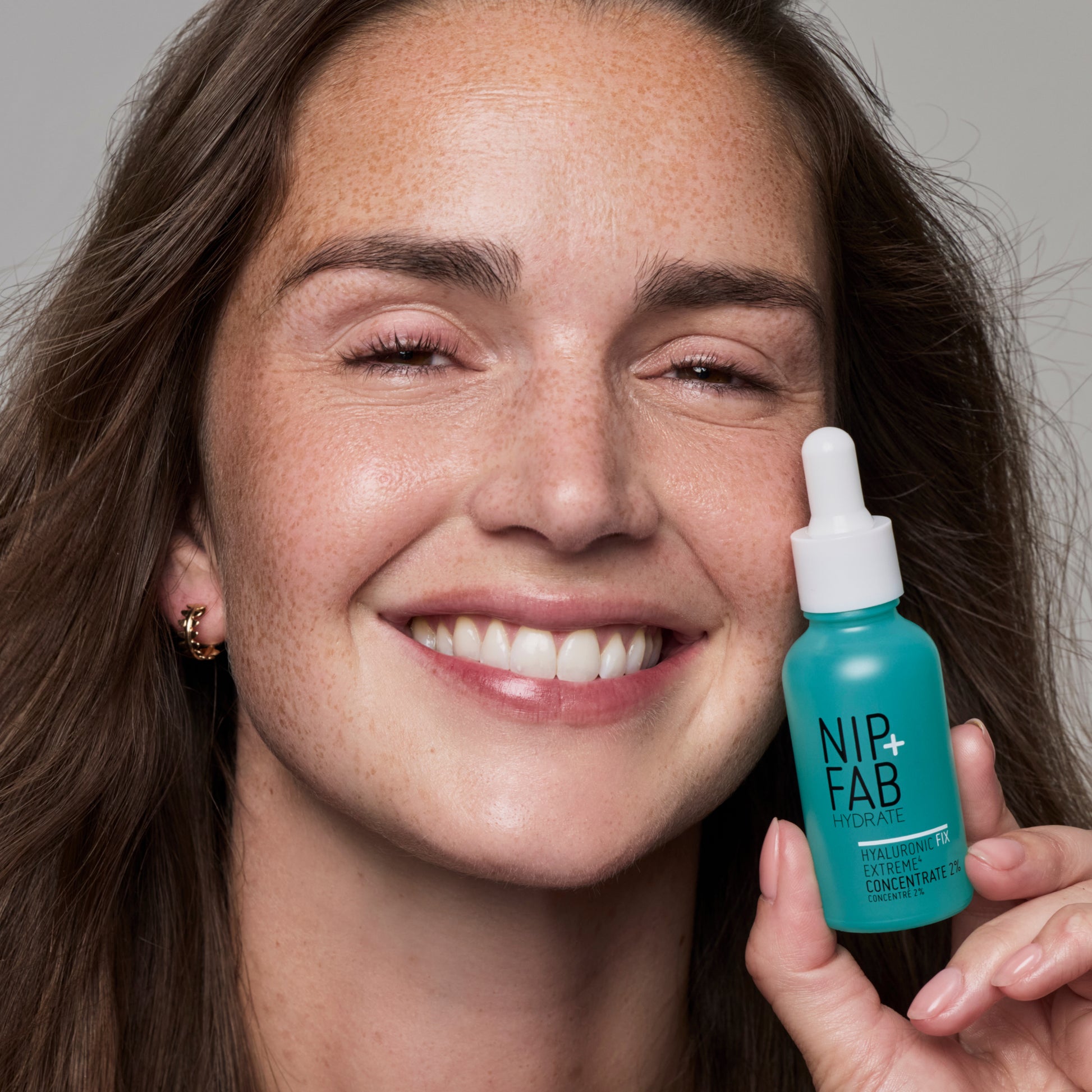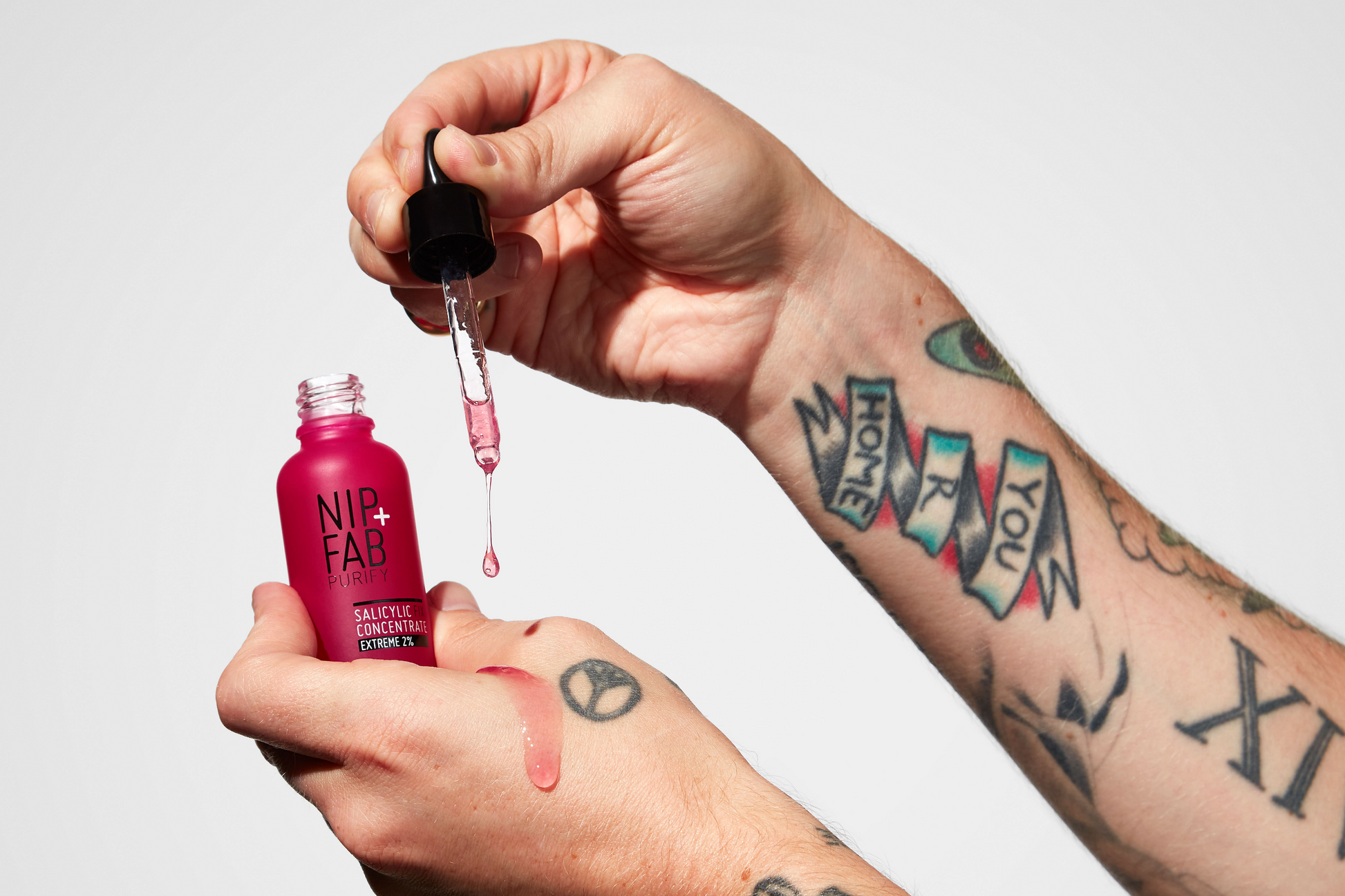


Active ingredients – that’s acids, vitamins and essentially anything that targets a specific skin concern – are your skin’s best friend. They’re pretty much everywhere in skincare, so even if you haven’t been buying them consciously, chances are your chosen products will have some level of active ingredient in them. If you have been buying them specifically for a skin concern, you’ll hopefully be well acquainted with how to use them (you can read our guide on introducing them here) and perhaps you want to introduce another.
The good news is that some actives are perfect pairings and can enhance each other’s benefits, which means you’ll see even better results for your skin. The not-so-great news is that not all actives are marriage material and shouldn’t be layered together. But fear not – we’ve got your back. Read our simple guide below on how to layer actives and watch our video on what and what not to use together in your daily routine. Bookmark it, save it and refer back to it later whenever you need to.
First things first, three golden rules when using actives:

Retinol + Vitamin C = Yes
This is one of the most popular pairings when it comes to tackling hyperpigmentation. Both vitamin C and retinol have a positive impact on collagen production, with the former supporting production and the latter stimulating it. They can be used as part of the same routine, however we recommend using vitamin C in the morning due to its antioxidant properties, which helps protect skin from free radicals and encourages it to heal, thus reducing pigmentation and dullness. Retinol, which should only be used at night, also protects from free radicals and encourages younger cells through the skin, resulting in reduced hyperpigmentation, blemishes and lines.
Salicylic + Glycolic = No
These two are powerful ingredients with exfoliation agents. Salicylic acid is a beta hydroxy acid (BHA) that chemically exfoliates and flushes out the inside of pores, while glycolic acid is an alpha hydroxy acid that chemically exfoliates and breaks down build up and dead skin at the skin’s surface. While they operate at different levels of the skin, it is very hard to combine them at the right percentage level that won’t strip and damage the skin’s natural barrier, causing irritation. Therefore, if you’re suffering from blemish or breakout-prone skin but also have rough, bumpy skin caused by build-up at the surface (which often manifests itself in little, painless white bumps called milia), use these ingredients on different evenings and always alongside hydration to minimise irritation.
Glycolic + Vitamin C = Yes, but at different times of day
A match made in skincare heaven. Glycolic acid and vitamin C are both skin brighteners due to their ability to slough away dullness-inducing build-up at the skin surface (glycolic acid) and encouraging skin to heal via antioxidant properties (vitamin C). This makes them the ideal pairing if you’re targeting dullness and hyperpigmentation. We recommend using vitamin C in the morning and glycolic in the evening for the best results.
Retinol + Salicylic = No
These actives are the go-tos for breakout-prone skin: retinoids (of which retinol is a type) are often prescribed by doctors and dermatologists to treat acne due to their ability to increase cell turnover, encouraging skin to heal while also acting as an anti-inflammatory. Salicylic acid, as we have already explored, penetrates the pores to clear out debris and oil. Retinol also helps to smoothen out fine lines and wrinkles, making it an anti-ageing hero. Many of us experience both adult breakouts as well as the signs of ageing, so want to use both retinol and salicylic acid together. However, because both can be so potent (and therefore effective), there’s a real chance for skin irritation if layered together. We’d recommend spacing them out as much as possible, using a couple of nights apart, to minimise any irritation or dryness and so each active has enough of a window to work on your skin without interfering with each other.
Retinol + Glycolic = No
The same as retinol and salicylic for this one, we’re afraid. While both actives have skin-regenerating properties in the form of encouraging cell renewal and collagen production, it is difficult to find the sweet spot in terms of percentage levels that maintain efficacy on the skin while causing minimal irritation. The best course of action is to space these actives out, using on different evenings so that skin has a chance to recover and replenish before the next active. Our Skin Cycling Kit is the perfect way to use both actives safely, combining them with two hero products from our hydrating Hyaluronic Fix Extreme4 range into a four-night rotation.
Salicylic + Vitamin C = Yes, but at different times of day
The same as glycolic and vitamin C for this one: use them together, but at different times of day for best results. Generally speaking, vitamin C is better to use in the morning due to its ability to protect the skin from environmental aggressors, while salicylic acid is best used in the evening due to its exfoliating properties, which can make the skin vulnerable to UV rays.
Any of the above + Hyaluronic Acid = YES!
A big old yes for this skincare hero. Hyaluronic acid is a type of hydrator known as a humectant, meaning it adds moisture back to the skin by drawing it in from the environment around it (ie, in the form of serums, concentrates and the like). It pairs well with every ingredient due to its replenishing, non-irritating properties and should be part of everyone’s skincare routine AM and/or PM. By adding hydration, the skin barrier is kept nourished and protected, meaning that if it’s applied after other actives, the chances of irritation are significantly reduced. All in all, an active that’s mates with all of the others. Nice.
Do you know what is our Moisture Sandwich kits? Check them with Molly below: